 SYBORGS Lab
SYBORGS Lab
Advances in Cybermedical Systems: Recent Results on the Modeling and Control of Biological Systems for Medical Applications
2024 American Control Conference in Toronto, Canada
Full Day Workshop on Tuesday, July 9, 2024; 0855 - 1700
Foundational 21st-century control theory advances have helped realize practical cyberphysical systems, captured biological system dynamics both mechanistically and phenomenologically, and developed biosystem regulation at multiple interaction scales, from molecules to organisms. At the intersection of these advances lies the field of cybermedical systems. Cybermedical systems are physical or biological constructs that incorporate automated monitoring, manipulation, and testing of biological systems with programmed knowledge and artificial intelligence, to achieve a goal of improved human health. This workshop will showcase an extensive list of recent cybermedical systems results that have been achieved by leading scientists and engineers from around the world. Different facets of the field will be covered, including cell / tissue / organ / disease dynamical system models, their control, and medical device development and implementation. This workshop is open to all American Control Conference attendees no matter their research experience, since all presentations are aimed at exciting attendees about future innovations, informing about current research thrusts, and encouraging audience members to join forces to solve the myriad open control problems that remain in this field.
Organizers: A. Menezes (U Florida) and A. Mesbah (UC Berkeley)
0855 - 0900 Welcome and Opening Remarks
Session 1: Cancer
0900 - 0930 Levente Kovács (Obuda University, Hungary), A Cybermedical Systems Approach for Taming Cancer with Control Engineering Methods
0935 - 1005 Brian Ingalls (University of Waterloo, Canada), A Synthetic Biology Approach to Bacteria-Mediated Cancer Therapy
Session 2: Organ Specific
1010 - 1040 Pasquale Palumbo, Virtual (University of Milano-Bicocca, Italy), Modeling and Control of the Glucose-Insulin System: the Artificial Pancreas for Type 2 Diabetic Patients
1040 - 1100 Coffee Break
1100 - 1130 Amor Menezes (University of Florida, USA), Controlling Coagulation
1135 - 1205 Ashlee Ford Versypt (University at Buffalo, USA), Multiscale Modeling and Control of Tissue Remodeling, Damage, and Treatment
1205 - 1315 Lunch Break
Session 3: Infectious Disease
1315 - 1345 Michaëlle Ntala Mayalu (Stanford University, USA), Biomolecular Control Circuit with Inherent Bi-Stability is Applicable for Automatic Detection of Gut Infection
1350 - 1420 Ali Mesbah (University of California, Berkeley, USA), Low-temperature Plasmas as a Controllable Source of RONS Delivery
1425 - 1455 Philip Pare (Purdue University, USA), Model-Free Pandemic Mitigation: Strategy Evaluation and Feedback Control
1455 - 1515 Coffee Break
Session 4: Critical Care
1515 - 1545 Jin-Oh Hahn (University of Maryland, USA), De-Conflicting Mediation of Closed-Loop Automated Critical Care Treatments
1550 - 1620 ShiNung Ching (Washington University in St. Louis, USA), Dynamical Systems-Based Digital Twins for Personalized Neurocritical Care
1625 - 1655 Robert Parker (University of Pittsburgh, USA), Engineering Decision Support Systems for Renal Therapy in Intensive Care
1655 - 1700 Wrap-up and Concluding Remarks
(1830 Opening Reception for the 2024 American Control Conference)
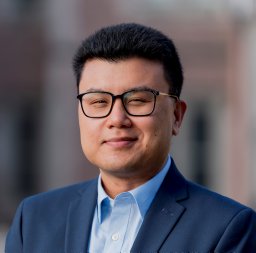
Dynamical Systems-Based Digital Twins for Personalized Neurocritical Care
The use of formal analysis of brain electrical activity such as EEG to enable new clinical decision systems is a long-held goal in brain medicine. However, many paradigms in EEG signal processing and informatics struggle with patient individuality and variation, compounded by the idiosyncrasy of neurological disease. As a result, many current approaches are limited to population-level characterizations and are susceptible to bias in datasets. We will present recent efforts to develop an approach to modeling human brain dynamics that is interpretable and robust to individual variability. We have developed and used dynamical systems models that generate simulated EEG activity, then fit these models to patient data in a minute-to-minute timescale. Our approach leverages methods in high-dimensional optimization that we have recently adapted and used for the problem of reliably modeling whole-brain scale network dynamics in individuals. The use of a dynamical systems model opens several conceptual advances. First, the model can be probed to infer fundamental properties such as signal propagation throughout the brain. Such interrogation would be impossible to conduct on actual patients. Second, the model can be analyzed to infer and track internal changes to dynamics, which can then be projected onto anatomical coordinates for etiological inference. Finally, practitioners can interact with the model to predict response to interventions such as pharmacological drugs. This work provides a backbone for the construction of dynamical-systems digital twins, providing an interactive model for clinicians to make decisions regarding the care of individual patients.
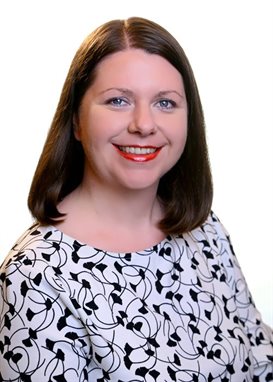
Multiscale Modeling and Control of Tissue Remodeling, Damage, and Treatment
Dr. Ford Versypt leads the Systems Biomedicine and Pharmaceutics research lab, which develops and uses multiscale systems engineering approaches including mathematical modeling, computational simulation, and control to enhance understanding of the mechanisms governing tissue remodeling and damage as a result of diseases and infections and to design and simulate the treatment of those conditions to improve human health. The lab specializes in (a) mass transport of biochemicals through heterogeneous porous materials—primarily extracellular matrices and drug delivery formulations—that change morphology dynamically due to the influence of chemical reactions and (b) dynamic, multi-species biological systems involving chemical, physical, and biological interactions of diverse, heterogeneous cell populations with these materials and the chemical species in tissue microenvironments. In this presentation, Dr. Ford Versypt will highlight the modeling and control aspects of her research lab in applications across bone, eye, gut, lung, tumor, and kidney tissue environments. This work is currently supported by an NSF CAREER award and NIH R35 MIRA, R01, and R21 grants.
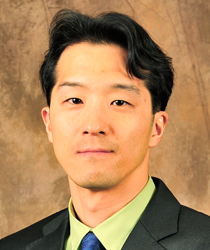
De-Conflicting Mediation of Closed-Loop Automated Critical Care Treatments
Motivated by its potential to provide quality patient care while relieving the workload of clinicians, closed-loop automation is gaining an increasing interest in the domain of critical care medicine. To date, there have been notable advances in closed-loop automation of individual critical care treatments, such as fluid resuscitation and management, vasopressor therapy, anesthesia, and mechanical ventilation. However, how these individual closed-loop automated treatments will interact with each other when simultaneously used remains unknown. In addition, the design of individual treatment control loops has resorted to empiric tuning rather than sound mathematical analysis in many existing methods reported in the literature.
In this talk, I will use closed-loop automated fluid resuscitation and IV sedation as a case scenario to demonstrate that (i) closed-loop automated critical care treatments may conflict with each other; (ii) holistic hemodynamic monitoring to infer internal physiological variables not amenable to direct measurement may be required to detect and resolve such conflicts; and (iii) individual treatment control loops may be mediated by control barrier function-based safety preserving control. We also present a control design approach applicable to robust stabilization of individual treatment control loops with absolute stability guarantee.
I will conclude the talk with future opportunities in closed-loop automation in the critical care arena.
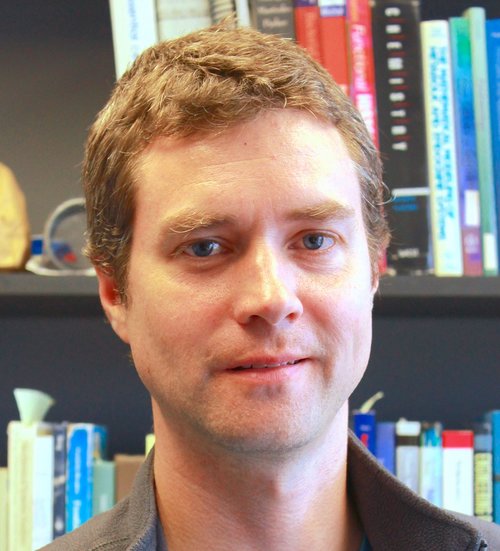
A Synthetic Biology Approach to Bacteria-Mediated Cancer Therapy
Accurate targeting is a critical challenge in cancer therapy. It has been known for decades that anaerobic bacteria can cause regression of solid tumors. These bacteria are unable to germinate in healthy, well-oxygenated tissue, but can selectively colonize in the cores of solid tumors, which present low-oxygen (hypoxic) environments. But such therapeutic approaches have been unsuccessful because the bacteria are unable to impact tumor outer rim (which is relatively better oxygenated) and so cancer regrowth occurs. We are investigating the utility of genetically modifying the non-pathogenic bacterium Clostridium sporogenes for use in anti-tumor therapy. Specifically, we are introducing genes that allow for these cells to exhibit increased oxygen tolerance and for quorum-sensing triggered genetic expression. These will allow for environmentally controlled anti-tumor activity,
In addition to construction and testing of these genetically engineered strains, we are working with kinetic models of population quorum-sensing activity and cellular activity in tumor micro-environments. Calibration of these models against data specific to the activity of this engineered C. sporogenes will allow prediction of system behaviour and could serve as a foundation for model-based design of therapeutic interventions.
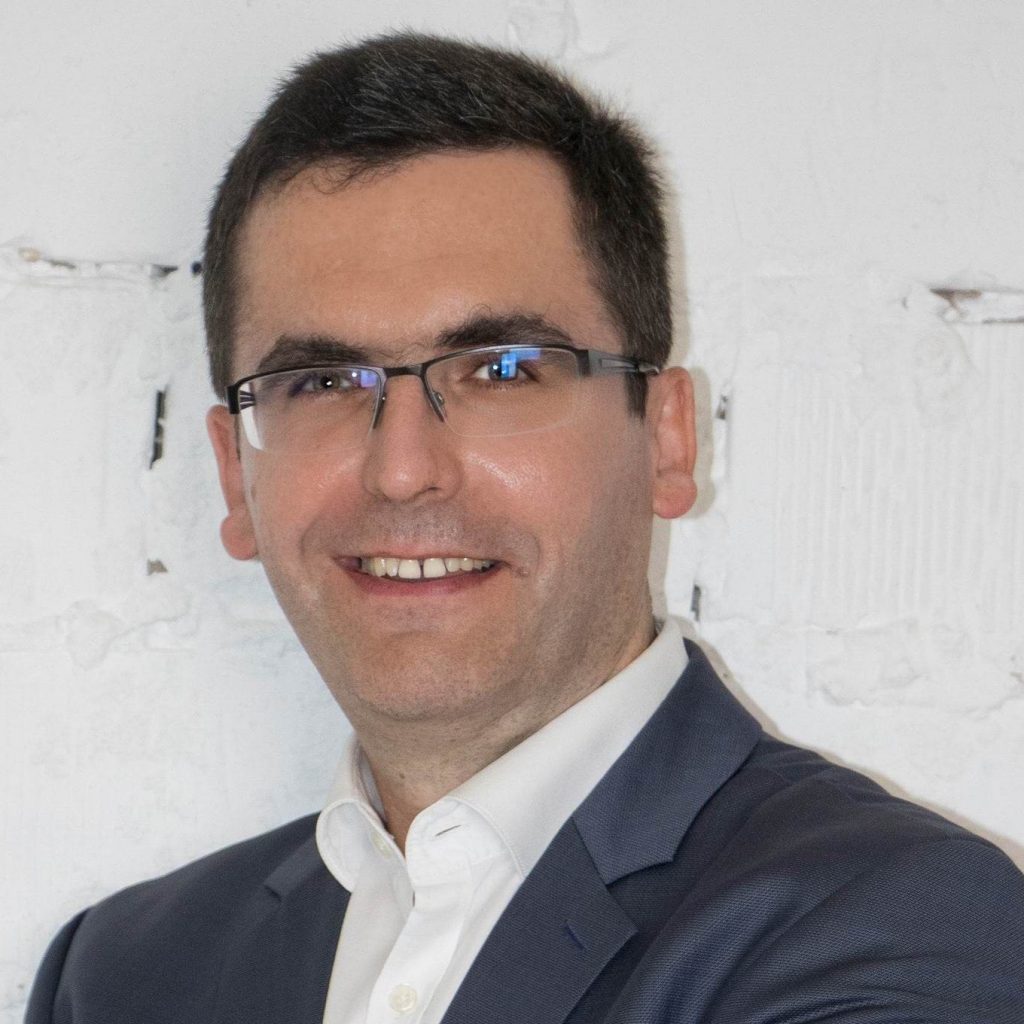
A Cybermedical Systems Approach for Taming Cancer with Control Engineering Methods
The presentation will give an overview on tumor control approach with the aim of taming cancer: imagine if tumor growth would be reduced and then kept in a minimal and safe volume in an automated manner and in a personalized way, i.e., cancer drug would be injected using a continuous therapy improving the patient’s quality of life.
In conventional cancer therapies the doses are chosen to be as high as possible to maximize the effect of the drug and minimize the chance of the development of drug resistance. However, this approach increases side effects and costs.
Optimization based on mathematical models is a promising direction of personalized medicine. Personalizing, thus optimizing treatments may have multiple advantages, from fewer side effects to lower costs. However, personalization is a complicated process in practice. We discuss a mathematical model of tumor growth and therapy optimization algorithms that can be used to personalize therapies. The therapy generation is based on the concept of keeping the drug level over a specified value. The developed control algorithms can handle inter- and intrapatient variability, positivity, and impulsive nature of the control input. In silico tests proved that our algorithms are suitable for optimizing therapies demonstrated on animal experiments as well. The experimental results show that the introduced algorithms significantly increased the overall survival of the mice, demonstrating that by control engineering methods, taming cancer is a realistic possibility.
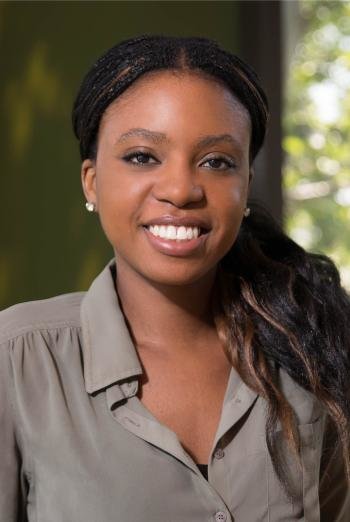
Biomolecular Control Circuit with Inherent Bi-Stability is Applicable for Automatic Detection of Gut Infection
Cooperative feedback control of cell population density is an integral part in many genetic designs. Using mathematical models to understand and predict these control strategies gives insight into a wide array of biomedical applications where genetically altered cells acquire new and improved functionalities and act as "smart therapies" to make decisions based on intercellular communication and the environment. In this multicellular coordination problem, control action takes place on two levels: (i) individual cells can activate or repress relevant genes, (ii) cells can access the ensemble state of the entire population as obtained through diffusible signaling molecules. However, previous population controller genetic designs are not robust or optimized for performance. One possible implementation to address this problem uses paradoxical feedback, where population control is achieved by using the same quorum sensing signal, produced and sensed by the cell population, to provide both positive (cell proliferation) and negative (cell death) feedback. In this talk, I present a mathematical framework from an integrated control theoretic, systems biology, and healthcare perspective that characterizes the genetic design of a paradoxical feedback control circuit for mutationally robust feedback control of cell population. Furthermore, the paradoxical feedback population control circuit is extended with the addition of a detector to manipulate the activation of the circuit via modulation of an external signal. The detector design utilizes the inherent bi-stability within paradoxical feedback control to switch the cell population dynamics between two equilibrium states via an external signal. The proposed design also incorporates a mechanism for total elimination of the cell population using an additional external signal. The intended application of the proposed design is for the development of a "living probiotic" bacterial system that can detect (and eventually treat) infection within the gut. Using the model, I further analyze internal mechanisms, performance properties, and derive general design principles and functional relationships in the context of detection and treatment of gut infection.
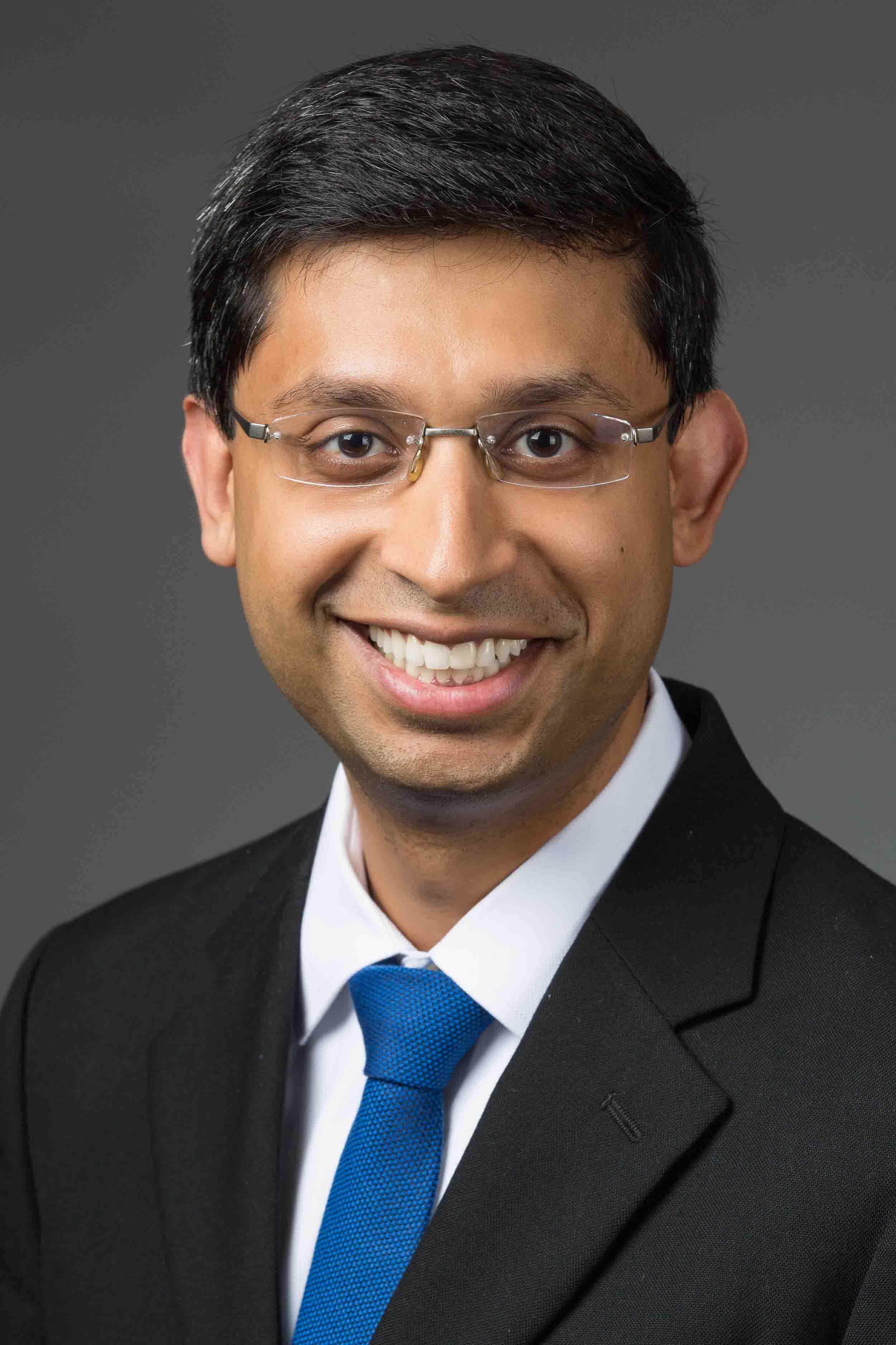
Controlling Coagulation
Hemostasis — the process of generating blood clots — is a rapid, multi-step, and highly regulated cascade to minimize blood loss. This physiological process is impaired in many diseases, resulting in pathological bleeding or clotting. Because the hemostatic system is complex and can become deranged in many ways, the only practical approach to capturing, and treating, coagulation disorders is to employ computational modeling. In this talk, I will describe my group’s pioneering use of feedback control theory to manipulate the concentrations of proteins that are involved in inflammation-mediated coagulation disorders. Two such disorders are: (1) trauma-induced coagulopathy, which includes hemorrhage after severe trauma and shock with poor treatment outcomes; and (2) infection-induced coagulopathy in the lung, which results in blood clots and contributes to lung fibrosis. For both disorders, four needs exist: mechanism capture, dimension reduction, rapid decision support, and treatment personalization. I will explain how: relatively simple input-output mathematical models capture existing biological knowledge, often independent of patient characteristics; such simplicity facilitates quick model run times and a potential replacement of time-consuming laboratory-based coagulation tests; coagulation differences may be attributed to blood protein concentration discrepancies; and appropriately changing protein concentrations will result in suitable coagulation control. We have confirmed such manipulation in vitro, which sets the stage for future targeted, personalized in vivo interventions. I will also highlight ongoing efforts to automate the tailored and real-time delivery of blood products, towards a long-term goal of developing a blood-based cybermedical platform for precision protein therapeutics that uses feedback control and interfaced fluidics.
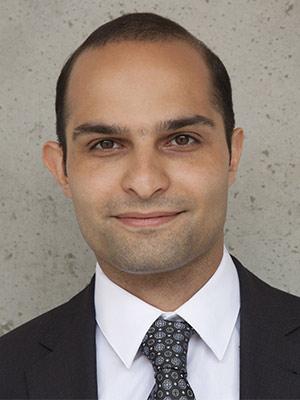
Low-temperature Plasmas as a Controllable Source of RONS Delivery
Plasma medicine hinges on local generation and delivery of a variety of therapeutic agents including electric fields, reactive chemical species, and thermal effects. With an increasing number of clinically approved atmospheric-pressure plasma devices, there is growing evidence for the effectiveness of plasma medicine in alternative and complementary therapies such as reduction of head and neck cancer and accelerated healing of chronic wounds. However, safe and effective operation of hand-held atmospheric-pressure plasma devices is highly sensitive to the intrinsic variability of plasma characteristics, as well as to exogenous disturbances such as variations in the physical and chemical properties of a target substrate. Key challenges in feedback control of these plasma devices arise from the need to: (i) handle the nonlinear, multivariable nature of plasma dynamics, (ii) retain the system operation in a constrained region for safe and reliable operation, and (iii) realize multiple (possibly conflicting) plasma dose delivery objectives. In this talk, we will demonstrate the promise of machine learning-based and model predictive control strategies for safe, reproducible, and therapeutically effective plasma treatments, towards personalized plasma medicine using portable biomedical devices.
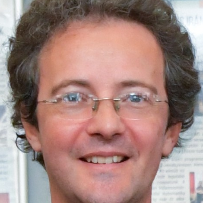
Modeling and Control of the Glucose-Insulin System: the Artificial Pancreas for Type 2 Diabetic Patients
Type 2 Diabetes Mellitus (T2DM) is a disease providing inefficient endogenous glucose control because of insufficient insulin release, of an impaired insulin sensitivity or of both. Although less severe than Type 1 Diabetes, T2DM accounts for the vast majority of diabetes and has a relevant impact on worldwide National Health Systems because an untimely control will facilitate the emergence of many and diverse diabetic complications such as retinopathy, neuropathy, nefropathy, etc. Within this framework, the artificial pancreas refers to the set of integrated systems combining the device implementing the designed insulin infusion therapy, the actuators in charge of its delivery (insulin pumps) and the sensor equipment providing measurements to the controller in order to synthesize the closed-loop control law. In this talk recent results on model-based approaches for the Artificial Pancreas will be presented, specifically conceived for T2DM, copying with inherent model uncertainties, sampled and quantized nature of output measurements and insulin administration.
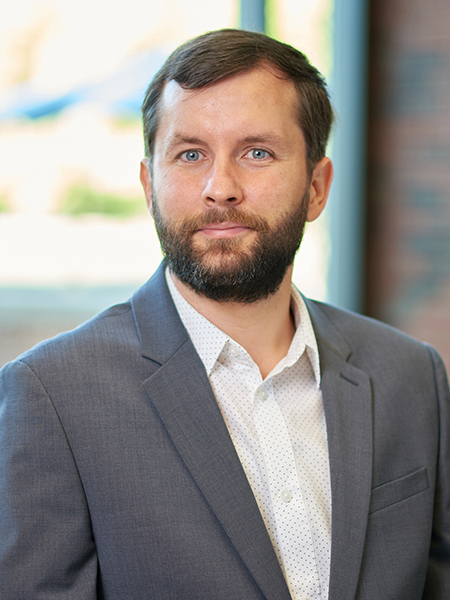
Model-Free Pandemic Mitigation: Strategy Evaluation and Feedback Control
During the COVID-19 pandemic, different countries, regions, and communities constructed various epidemic models to evaluate spreading behaviors and assist in making mitigation policies. Model uncertainties, introduced by complex transmission behaviors, contact-tracing networks, time-varying spreading parameters, and human factors, as well as insufficient data, have posed arduous challenges for model-based approaches. To address these challenges, we propose a novel model-free pandemic mitigation framework for strategy evaluation and feedback control, which leverages statistical information from epidemic testing data instead of constructing a specific model. Through quantifying the impact of intervention strategies on the reproduction number, this model-free framework serves three primary purposes: 1) Reconstruct the spreading process under the implemented intervention strategies; 2) Evaluate the impact of alternative intervention strategies; and 3) Design feedback control policies for epidemic mitigation. Specifically, we consider the epidemic intervention policies such as the testing-for-isolation strategy as an example, which was implemented by the University of Illinois Urbana-Champaign (UIUC) and Purdue University (Purdue) during the COVID-19 pandemic. By leveraging data collected by UIUC and Purdue, we validate the effectiveness of the proposed model-free pandemic mitigation framework.
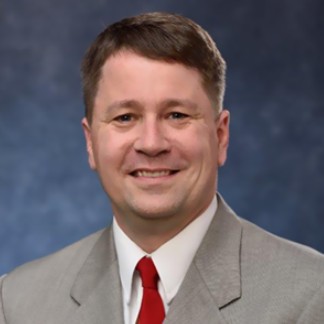
Engineering Decision Support Systems for Renal Therapy in Intensive Care
Critically ill patients admitted to the intensive care unit (ICU) with severe oliguric acute kidney injury and fluid overload frequently require kidney replacement therapy (KRT). Fluid and solute removal are the two primary goals of KRT. However, intradialytic hypotension is a common side effect that leads to KRT termination, predisposes future sessions to hypotensive episodes, and is associated with increased mortality. We focus on model-based algorithms that individualize kidney support and could enhance clinical decision-making. Per-session efficacy of intermittent hemodialysis (iHD, one KRT modality) can be characterized in real-time by measuring blood urea nitrogen (BUN) concentration. Using deidentified clinical data, we can model fluid and solute removal for individual patients and the ICU patient population to understand physiological variability and interindividual differences leading to different subpopulation outcomes in ICU patients. These and other models can also be incorporated into real-time model-based decision support systems to recommend changes in treatment needed to reduce the prevalence of hypotension during KRT. Reinforcement learning (Q-learning) and model predictive control provide potential frameworks with advantages and disadvantages in addressing these challenges in KRT for ICU patients.